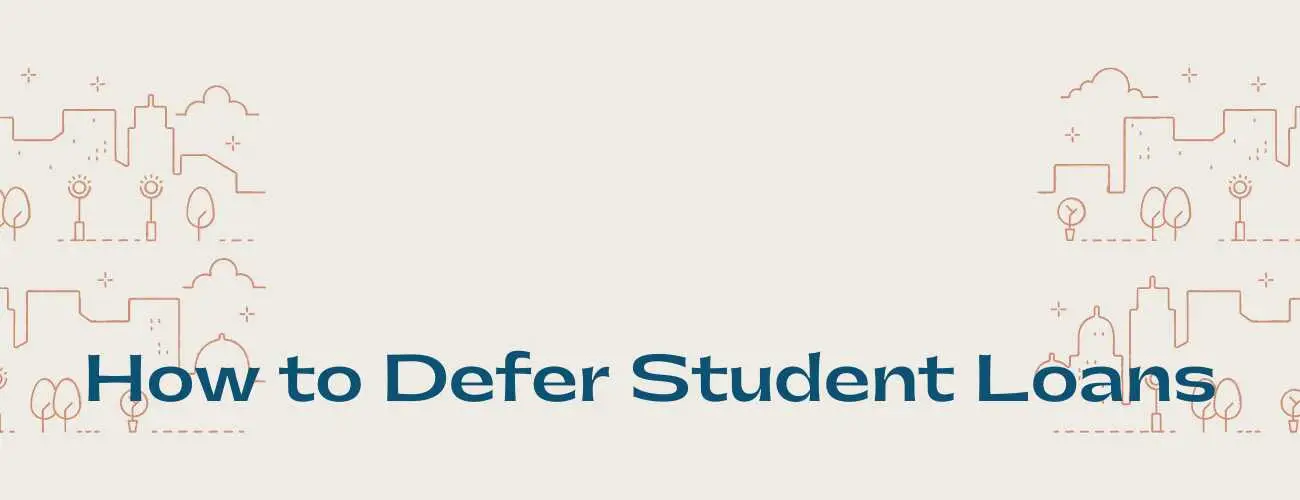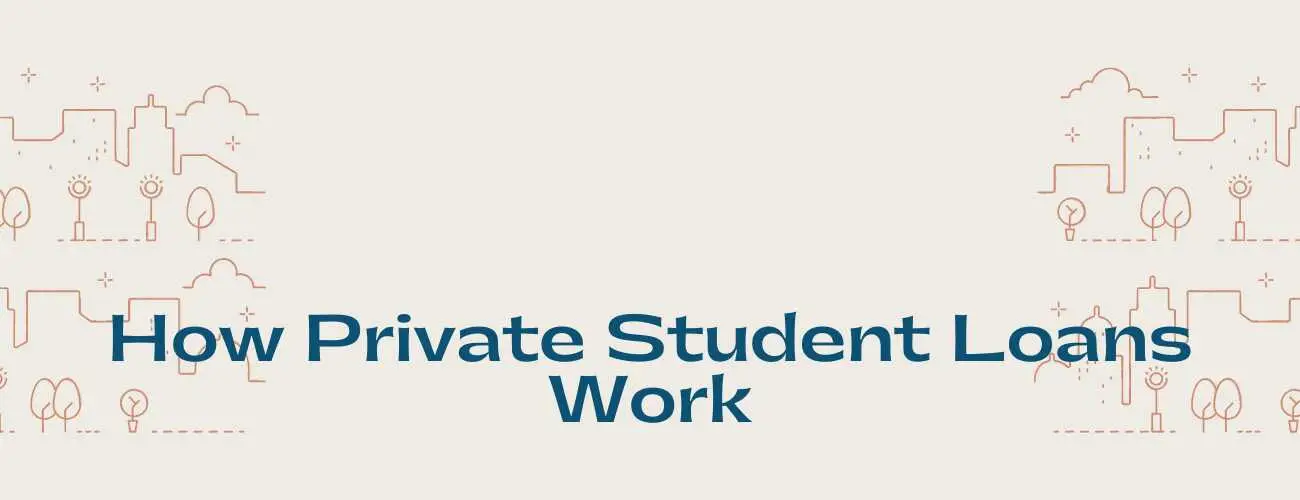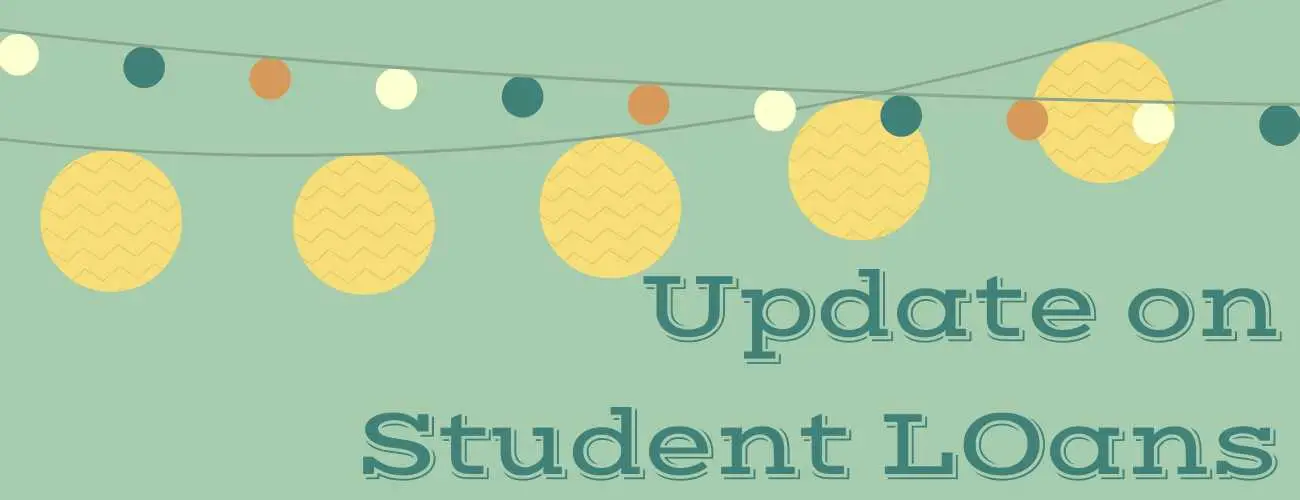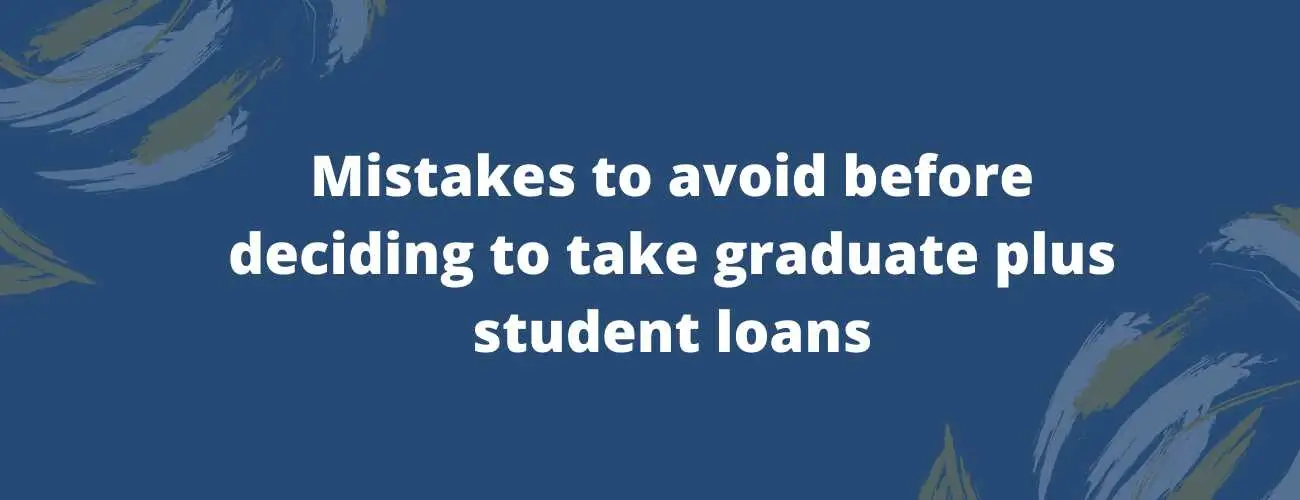Subsidized Student Loans for College - Why Subsidized Student Loans Need to be your Top Priority
This article will sum up the intricate details of one type of loan — federal direct subsidized loans— and clarify why, if you should get for school, they are the best arrangement around.
Updated by Namitha Antony on 23rd July 2020
If you've exploited all the grants, awards and other aid accessible to you will at present need to obtain to head off to college, you've presumably heard that federal student loans are the best spot to begin.
This article will sum up the intricate details of one type of loan — federal direct subsidized loans— and clarify why, if you should get for school, they are the best arrangement around.
Since not every person will meet all requirements for a subsidized loan, and because there are yearly and lifetime limits on the amount you can acquire, we'll likewise discuss different sorts of loans you can depend on.
How about we start by understanding what precisely a direct financed student credit is, and how it's not quite the same as different loans you would go to.
Table of Contents:
- Why pick direct subsidized student loans?
- Direct Subsidized Loan Eligibility
- How do you qualify for need-based financial aid?
Why pick direct subsidized student loans?
The main thing you'll see taking a gander at the outline beneath is that direct subsidized loans and direct unsubsidized loans for students offer the most minimal interest rate of every single federal loan.
|
Loan Type |
Borrower Type |
Disbursed On Or After 7/1/19 And Before 7/1/20 |
Disbursed On Or After 7/1/18 And Before 7/1/19 |
Disbursed On Or After 7/1/17 And Before 7/1/18 |
|
Direct Subsidized Loans |
Undergraduate |
4.53% |
5.05% |
4.45% |
|
Direct Unsubsidized Loans |
Undergraduate |
4.53% |
5.05% |
4.45% |
|
Direct Unsubsidized Loans |
Graduate or Professional |
6.08% |
6.60% |
6.0% |
|
Direct PLUS Loans |
Parent and Graduate or Professional |
7.08% |
7.60% |
7.0% |
The essential favorable position of a direct subsidized loan over an unsubsidized loan is that the Department of Education will pay the interest on your subsidized loan:
-
While you're in school at any rate half-time.
-
During the grace time of your loan (the initial a half year after you leave school when you don't need to start reimbursement right away).
-
On the off chance that you apply for and are conceded a delay (a deferment of repayment).
The thought behind the grace time frame is to allow you to get a new line of work that will permit you to start making your regularly scheduled installments, with the goal that you don't need to worry while you're still in school.
On the off chance that the grace period goes out to not be sufficiently long and you need more opportunity to get a new line of work, you can likewise apply for deferment. During the deferment time frame, you won't be answerable for making any loan installments and interest won't accumulate. On the off chance that you have to apply for patience, in any case, you will be on the snare for interest.
Direct Subsidized Loan Eligibility
To fit the bill for a direct subsidized loan, you should apply for money related guide through your school by rounding out the Free Application for Federal Student Aid (FAFSA) and demonstrate your qualification. To be qualified for a subsidized loan, you should:
-
Be an undergrad student.
-
Have the option to demonstrate money related need.
-
Be enlisted at a school at any rate half-time.
-
Be taken a crack at a program that can prompt a degree or testament granted by the school.
How do you qualify for need-based financial aid?
We should discuss how universities choose whether you meet all requirements for a need-based guide, making you qualified for a subsidized direct loan and other help like Pell awards and government work-study.
To put it plainly, you fit the bill for a need-based guide if your normal family commitment won't spread your expense of participation at a specific school.
Your normal family commitment isn't the measure of your family will need to pay for school — it's a file determined to utilize data you submit on your Free Application for Federal Student Aid (FAFSA). Your expense of participation incorporates educational cost and charges, food and lodging, books and supplies, and other qualified costs.
So if your expense of participation is $16,000 and your normal family commitment is $11,000, you're qualified for up to $5,000 in the need-based guide.
The other factor constraining the number of the school costs you can cover with subsidized direct loans are yearly and total cutoff points for both sponsored and unsubsidized direct credits.
As a rookie, you can take out close to $3,500 in subsidized direct loans. While the sum continuously scales up to $5,500 every year for youngsters and seniors, as far as possible on sponsored direct credits for students is $23,000.
|
Year |
Dependent Students |
Independent Students (Or Dependent Students Whose Parents Can’t Obtain PLUS Loans) |
|
The first-year undergraduate annual loan limit |
$5,500 ($3,500 in subsidized loans) |
$9,500 ($3,500 of in subsidized loans) |
|
The second-year undergraduate annual loan limit |
$6,500 ($4,500 in subsidized loans) |
$10,500 ($4,500 in subsidized loans) |
|
Third-year and beyond undergraduate annual loan limit |
$7,500 ($5,500 in subsidized loans) |
$12,500 ($5,500 in subsidized loans) |
|
Graduate or professional students annual loan limit |
n/a |
$20,500 (unsubsidized only) |
|
The subsidized and unsubsidized aggregate loan limit |
$31,000 ($23,000 in subsidized loans) |
$57,500 for undergraduates ($23,000 in subsidized loans) $138,500 for graduate or professional students ($65,500 in subsidized loans). The graduate aggregate limit includes all federal loans received for undergraduate study. |
After you've maximized your subsidized direct loan acquiring, budgetary guide consultants normally prescribe that you go to unsubsidized direct loans to cover extra costs.
As the chart above illustrates, students who are free of their folks (at any rate 24 years of age, wedded, or taking a shot at a graduate degree, for instance) have more space to take out unsubsidized direct loans. The equivalent is valid for dependent students whose guardians can't take out PLUS loans.
Note that while the lifetime getting limits for graduate understudies are higher, graduate understudies aren't qualified for subsidized direct loans. Rates on unsubsidized direct loans for graduate students are higher than rates for students, even though not exactly as high as PLUS credits. Perkins loans were at one time a possibility for graduate students who could illustrate uncommon money related need, yet that program is being slowed down.
Additionally remember that for borrowers who took out their first student loan after July 1, 2013, there's a breaking point on how long you can get subsidized direct loans. This qualification window is equivalent to 150 percent of the time that you have to finish your degree. So in case you're going for a four-year certification, you can take out subsidized direct loans for no longer than six years. For a two-year partner’s degree, the qualification window remains open for a long time.
When the qualification window closes, interest will begin gathering on your more established subsidized direct loans. On the off chance that you move from a four-year program to a two-year program after having gotten subsidized direct loans for a long time, your qualification window will close and interest will begin aggregating on your loans.
What occurs on the off chance that you've taken out all the subsidized and unsubsidized federal direct loans you meet all requirements for? The following stage on the federal student loan stepping stool is PLUS loans, which are accessible to guardians and graduate students.
Even though the central government is as yet the moneylender, PLUS loans share a few qualities with private loans — they include some constrained guaranteeing, now and then require a cosigner, and convey higher rates than subsidized and unsubsidized federal direct loans.



93.jpg)


28.jpg)
